1. The surface of a Monarch's wing is covered with thousands of tiny, colorful scales. Loss of these scales is what causes Monarchs to lose their color!Have you seen a tattered and faded Monarch? After flying for a long period of time, these scales will fall off and the Monarch's wings will appear faded or even clear. You can generally tell the age of a Monarch this way! The tiny scales on the wings of Monarchs have been studied by biologists and aerospace engineers alike to better understand how they affect flight. (Source) 2. The Monarch caterpillar is a voracious eater and they can gain about 2700 times their original weight!Monarchs must consume A LOT of food in a short amount of time in order to have enough food stored to go through metamorphosis. Monarchs literally outgrow their skin FIVE times. These sheds or molts are called "instars". Once the caterpillar has reached their fifth instar, they will find a place to pupate. 3. Two black spots on the inside surface of their hind wings distinguish male Monarch butterflies from the females.It is helpful to know how to identify a male from a female Monarch when gardening to attract butterflies. If you notice a female on a milkweed plant, they are most likely laying their eggs there. You can then bring those leaves inside to raise your own Monarchs! Male and female Monarch butterflies are easily distinguishable. The females generally have thicker veins on their wings and they do not have black spots on their hind wings (which are actually specialized scales). In the case of most butterflies, these scales release hormones to attract females but they aren't sure that this is the case with Monarchs as well. It can be a little more difficult to tell the Monarch's sex when their wings are closed but if you look VERY closely you can still see the black dot that indicates a male even when the wings are closed. 4. Monarch and Viceroy butterflies utilize Müllerian mimicry in order to mutually co-mimic each other and warn predators of their toxicity.
It was long believed that the Viceroy used Batesian mimicry- “mimicry in which an edible animal is protected by its resemblance to a noxious one that is avoided by predators.” However, it was found that the Viceroy feeds on Willow species (cottonwood, willow, poplar trees) which contain salicylic acid, the active ingredient in aspirin and make them taste bitter to birds and other prey. 5. One female Monarch butterfly can lay an average of 300 and 500 eggs in the wild. Captive monarch butterflies average about 700 eggs per female over 2 to 5 weeks of egg laying, with a record of 1179 eggs in captivity!According to a study done by Karen Oberhauser (1997), the average amount of eggs laid in 1994 was 715 (range 290–1179). It is difficult to know exactly how many eggs Monarch butterflies lay during their lives in the wild, but the average is estimated to be between 300 and 500. Monarch females usually lay a single egg on a milkweed plant, often on the bottom of a leaf near the top of the plant. Eggs are only about the size of a pencil tip and are off-white or yellow, characterized by longitudinal ridges that run from the tip to the base. The eggs hatch about four days after they are laid (University of Minnesota, Monarch Lab). 6. Monarchs that emerge in the warmer months will become sexually mature within 5 days. However, migrating monarchs will emerge in reproductive diapause (suspension of reproductive development) and will not reproduce until Spring.Environmental factors play a role in triggering this physiological response. These factors include day length, temperature, and host plant quality (University of Minnesota, Monarch Lab). Monarchs that overwinter in Florida and California, however, may not emerge in reproductive diapause because they do not migrate to Mexico. Migrating monarchs emerging in cooler temperatures will pause their reproductive duties until they return to warmer, more favorable conditions. 7. The Monarch's studded gold chrysalises are created by the coupling of a carotenoid pigment and a hill-like structure that reflects light from the peaks. They get the carotenoids from their diet of milkweed.Monarch chrysalises shimmer in the sunlight like golden studded enclosures. In fact, word ¨chrysalis¨is derived from the Greek word ¨chrysos¨ meaning ¨gold.¨ What is the purpose of this beautiful feat of nature? Fred Urquhart was the first to study the gold spots on Monarchs in the 1970s. Interestingly enough, all danaine butterflies (monarchs and their relatives) have metallic spots on their chrysalises but how do they do this? In monarch butterflies and a few others the gold is created by a coupling of a carotenoid pigment and a hill-like structure that reflects light from the peaks. They get the carotenoids from their diet of milkweed. If the caterpillars are fed an artificial diet lacking carotenoids then the would-be golden crown develops as silver in the chrysalis. Here are some hypotheses for the reasons that Monarchs have metallic-looking spots on their pupae:
8. Monarch butterflies smell and taste with their antennae and legs which are covered with sensory cells called chemoreceptors. These chemoreceptors help Monarchs find milkweed to lay their eggs on.Like Monarchs, when we smell and taste we are actually sensing chemicals in our environment. We also have chemoreceptors, which are concentrated on our tongue as tastebuds and in our nose. Monarchs use sensing chemicals in order to find their host plant, milkweed, quickly and accurately. Dr. Bill Calvert describes what he observes in the field: "The female flits over the field and, when she stops on a plant, she drums the surface with her forelegs." She is basically putting tiny cuts into the plant in order for the chemicals to be released and for her to tell if it is indeed milkweed. "Monarchs use a combination of visual and chemical cues to find milkweed," says monarch scientist Dr. Karen Oberhauser. "Once they land on a plant, they use sensory organs on their feet and heads to tell them if it is a milkweed, and probably the quality of the milkweed." (Journey North) 9. An overwintering Monarch typically lives 7-8 months compared to other generations that only live 2-6 weeks.During the summer breeding season, monarchs live for only 2-6 weeks. But the monarchs that migrate to Mexico in the fall are different: They are born in late summer, stay alive all winter, and migrate north the following spring. 10. Milkweed contains toxins called cardiac glycosides and Monarch caterpillars will ingest and store these toxins to make themselves toxic to predators such as birds. The bright colors on a monarch caterpillar serve as a warning sign to predators that they may be poisonous. The toxic effect on vertebrates depends on the level of intake and most birds will throw up these toxins but will learn not to eat them again. ReferencesJourney North. How Do Monarchs Find Milkweed?
https://journeynorth.org/tm/monarch/sl/30/text.html Oberhauser, KS. 1997. Fecundity, lifespan and egg mass in butterflies: effects of male-derived nutrients and female size. Functional Ecology 11: 166-175 https://besjournals.onlinelibrary.wiley.com/doi/pdf/10.1046/j.1365-2435.1997.00074.x Rothschild M, Gardnier B, Mummery R. 1978. The role of carotenoids in the “golden glance” of danaid pupae (Insecta: Lepidoptera). Journal of Zoology 186: 351-358. University of Minnesota Monarch Lab https://monarchlab.org/biology-and-research/ask-the-expert/faq/
24 Comments
Suzy Blumenthal
2/28/2019 05:52:36 am
We look for monarch eggs, hatch them and always let them go
Reply
Val Gratias
5/28/2019 01:46:59 pm
Trying to save the Earth one monarch at a time. We have a very small yard and have managed to captive raise and release 267 monarchs this year.
Reply
Maggie Boesel
9/13/2019 10:11:12 am
267 is incredible! I thought I was doing well with about 30 this year (in western Wisconsin). Nice going.
Reply
Elizabeth Bowhall
10/27/2021 09:18:23 am
That is amazing, the daycare I have worked at for 9 years have raised and release at less 10 to 15 each year, the kids love watching them go through metamorphosis...
Reply
Maggie Boesel
9/13/2019 10:10:13 am
I have 21 monarchs in an outdoor netted enclosure - one caterpillar and 19 in chrysalis form. They are freed as soon as they can fly. I have one that had a lot of difficulty emerging yesterday. It is moving and hanging like it should but its wings have never unfolded. I'm afraid it is doomed - don't know what to do. Suggestions?
Reply
joe butterfly
6/21/2022 09:32:02 am
go near the butterfly and see if it moves
Reply
Tracy Charlston-Weaver
9/14/2019 09:42:39 am
I am trying to find someone to take a look at a picture of a butterfly I took in my garden in Denver Colorado. It has a few colorings of a monarch but for the most part it's wings were completely clear. I don't think I've ever seen a butterfly like it and I was fortunate enough to snap a great picture of it as it lighted on a plant. Is there any place or anyone I can send this picture to for identification?
Reply
Please send the photo to [email protected].
Reply
Lydia Abuisi
11/9/2019 12:10:19 pm
NEAR GALVESTON, TEXAS. WE ARE EXPECTING OUR 1ST SHORT MILD FREEZE NEXT TUES., NOV. 12. THERE IS ONE MONARCH CATAPILLAR MUNCHING ON MY MILKWEED. THE PLANT IS IN A POT ON MY BACK PORCH. WILL IT SURVIVE THE FREEZE. DO I NEED TO BRING THE POT W/CATAPILLAR INSIDE?
Reply
9/15/2020 09:42:54 pm
So me my wife an 3 kids all caught 85 monarch caterpillars we ended up releasing 41 females an 40 males we had 4-5 die to black flys during there change into crystallize but we had a lot of fun an are kids we’re learning a lot by doing this I do have a question if anyone may know but as u know males have a black dot one each wing that dot is raised bump on its wings by any chance are those dots the males testicles ??? Thanks an hope more ppl join us next year hear in the great state of Vermont
Reply
Leonard C Blasen
8/13/2021 12:39:47 pm
I have for the last 2 years now watched two monarchs lay eggs on a Clematis terniflora. Last year being the first year I found 4 larva and they were consuming the the leaves of that clematis. I watched them for over a week as they grew. I have pictures. However I did not cover the vine or protect them anyway, ended up losing track of them and never seeing them again they were a half inch long when I lost track of them. The second time being this year happened today. I watched a Monarch lay eggs in several locations on the Clematis terniflora. So we'll have to wait and see how that turns out. But I have located three eggs and I will protect them somehow this time. And see what happens. I am curious to see if protection allow them to grow to maturity on something other than a milkweed. This year unlike last year. just 2 days ago I planted to milkweeds Asclepias Incarnata swamp milkweed and a Asclepias Tuberosa. One on each side of the Clematis terniflora when this Monarch enterd the yard it flew around several times inspecting things it then laid a couple eggs on the vine. And then circle around the yard again the second Circle examined both of the two milkweeds. Passed them by and went on and laid more eggs on the vine, the Vine being a Clematis terniflora. So what's up. This Vine I know is not a native fine however it has been naturalized in our quite some time I don't know how long but maybe long enough that it is now becoming a new feeding Bass. Not sure about his makeup as far as it may contain poison also.
Reply
7/13/2022 02:22:24 am
Butterflies are picky eaters who enjoy verbena, lavender, banksia, daisies, citrus, snapdragons, crepe myrtles, wattles, tea trees, and snapdragons. To guarantee that there is nectar-rich food accessible all year long for butterflies, incorporate a mix of these plants into your yard.
Reply
7/13/2022 03:08:23 am
Every butterfly and moth has evolved a unique set of chemicals to ward off predators and parasites, find a mate, and get past the host plant's chemical defenses. Each of these substances has a potential use that can be profitably tapped into.
Reply
7/9/2023 08:29:56 pm
The pipes are strategically placed at varying heights, making it challenging for the player to maintain a steady flight path.
Reply
albertwatson248
7/20/2023 11:25:29 pm
Great post
Reply
8/21/2023 11:17:14 pm
You pick the best and attractive pictures in your article to attract peoples and it was an amazing post tot read thanks for sharing.
Reply
3/29/2024 10:53:23 am
Take off the captivating Super Bowl Andra Day Oversized Blazer to reveal the pinnacle of style. Invest in this eye-catching Blazer to make your day enjoyable. Fans and fashionistas alike are taking notice of Andra Day’s Super Bowl ensemble. So put it in your wardrobe and dress up like a queen every time you wear it.
Reply
4/25/2024 01:52:38 am
Challenging yet rewarding, providing hours of entertainment.
Reply
"Discover the comfort and style of Hoodie Fashions and redefine your casual wardrobe! Our collection features a variety of hoodies crafted for both fashion and functionality. Whether you prefer cozy classics or trendy designs, our Hoodie Fashions offer versatility and comfort without compromising on style. Embrace the relaxed yet chic appeal with pieces perfect for lounging or stepping out in style. Explore the latest in hoodie trends that blend comfort with urban fashion flair. Elevate your everyday look with [Your Brand Name]. Shop now and embrace the laid-back charm of Hoodie Fashions that suit your lifestyle."
Reply
7/1/2024 05:46:45 am
The surface of a Monarch butterfly's wing is covered with thousands of tiny, colorful scales. When these scales are lost, it causes the Monarch to lose its vibrant coloration. Have you ever seen a tattered and faded Monarch? After extended periods of flight, these scales fall off, making the wings appear faded or even transparent. This phenomenon can be used to estimate the age of a Monarch butterfly! Additionally, the tiny scales on Monarch wings have been the subject of study by both biologists and aerospace engineers to gain insights into their impact on flight dynamics. For those conducting this type of research, finding a cheap research paper on the topic can be highly beneficial.
Reply
Leave a Reply. |
AuthorRebecca Chandler Archives
March 2024
Categories |

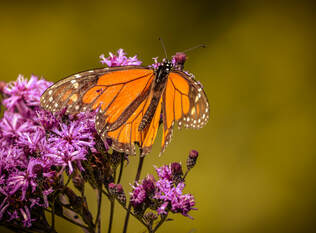




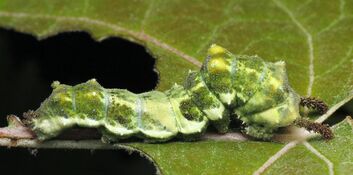
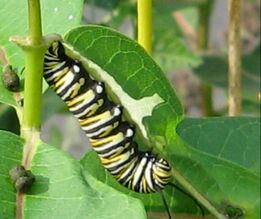



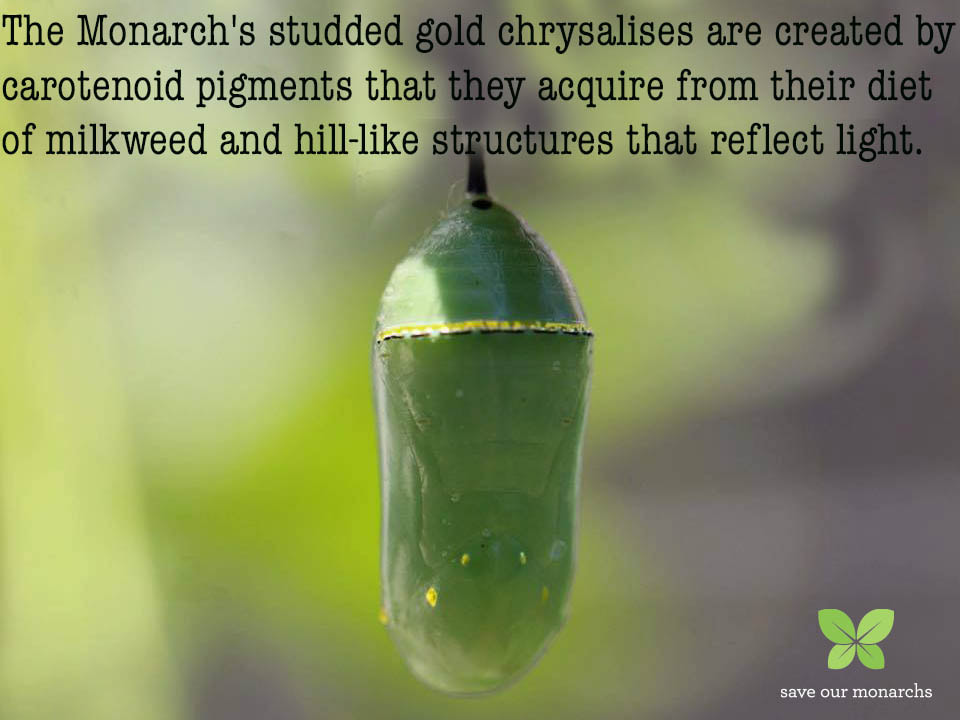
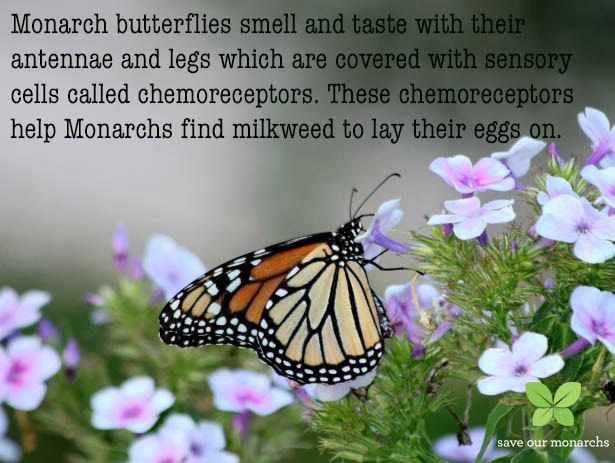

 RSS Feed
RSS Feed